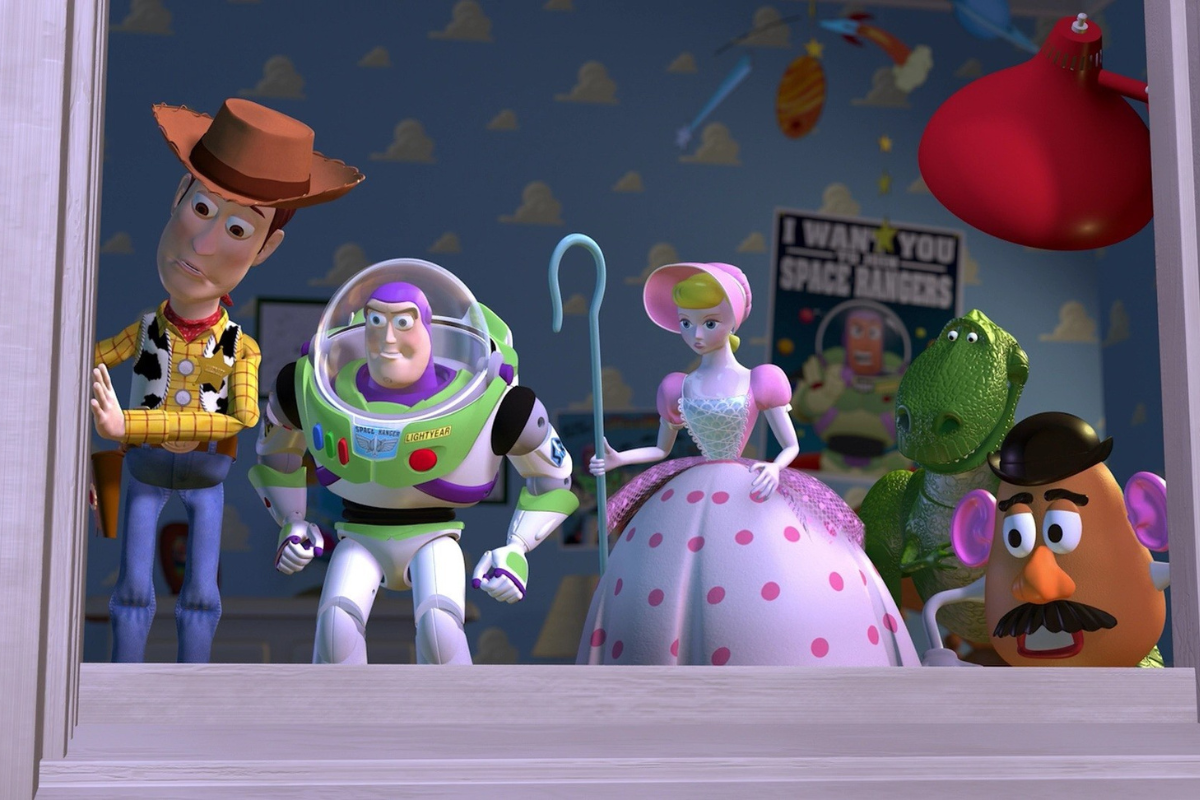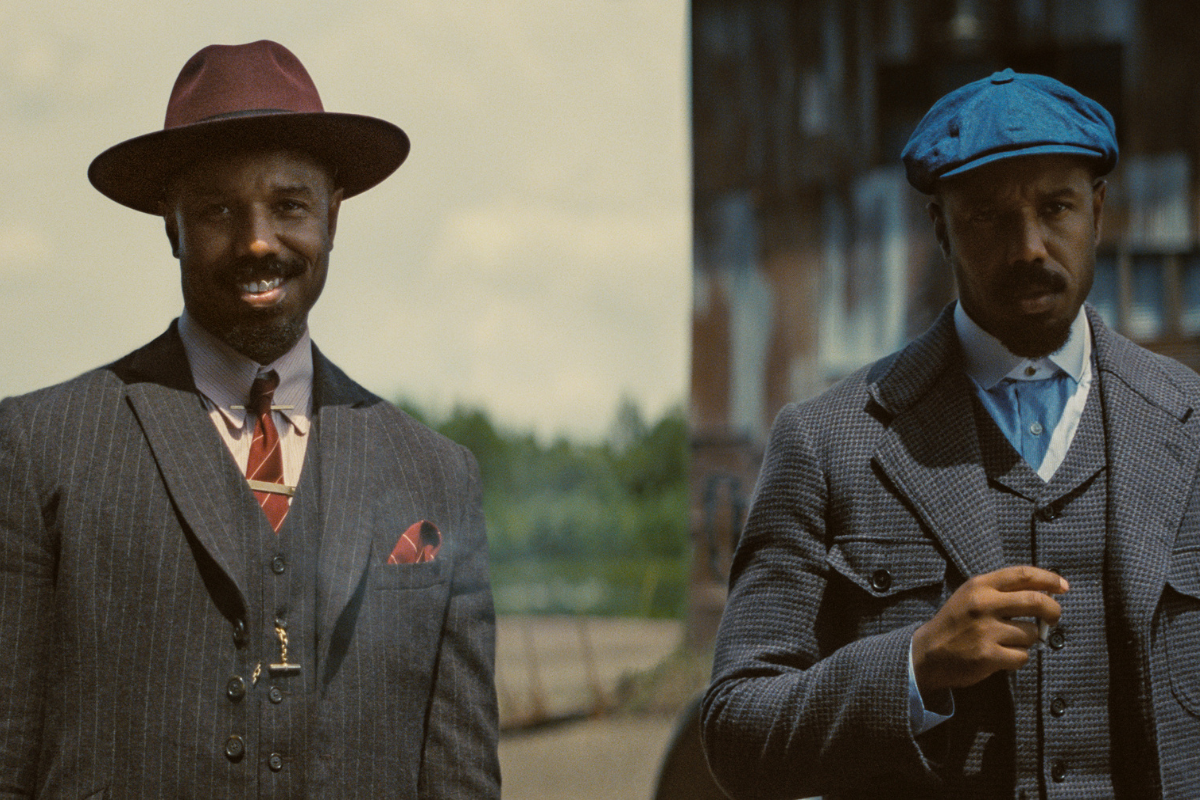How to Write a Screenplay with Diversity in Mind
Joy Cheriel Brown demonstrates five ways to ensure your screenplays represent diversity through either race, gender, socio-economic status, sexual orientation, or religion.
Joy Cheriel Brown demonstrates five ways to ensure your screenplays represent diversity through either race, gender, socio-economic status, sexual orientation, or religion.
In today’s climate it is more important than ever to be able to write with diversity in mind. Audiences no longer sit idly by and accept that they’re not being represented on screen. Ever since I wrote my second screenplay at age 11, I’ve made sure to write screenplays that are inclusive and display diversity through either race, gender, socio-economic status, sexual orientation, religion or a combination of several aspects. I will show you five ways I make sure my screenplays represent one of the topics that is most important to me—diversity.
Include Racially Diverse Characters or Characters That Are Otherwise Diverse
It’s a good chance that if you’re interested in writing a screenplay full of diversity, it is because diversity is reflected in your own life, whether that is due to your race, gender, socio-economic status, sexual orientation, or religion. I attended an Historically Black College/University (HBCU), and while taking a screenwriting workshop, the screenwriting instructor, who had written one of my favorite movies, about the cooperation between Blacks and Whites on a high school football team, admonished us that if a character was any other race besides White, then the race should be written in the description because, otherwise, the reader would assume that the character is White. I also include gender in the description. However, when it comes to a character’s sexual orientation, socio-economic status, or religion, I reveal that through the unfolding of the story because it makes it less likely for the producers and casting directors to stereotype when casting.
If your story takes place in a community that is typically homogenous, make it a part of the story why that diverse character is there. You are the screenwriter and you have control. We often find diversity where we least expect it in real life. Even though I attended an HBCU, I still had a couple classmates who were White during my time there, and even though the neighborhoods I had grown up in were all Black, I still went to school or worked with people from other races, or who were Black, but were from other countries, which also represents diversity.
Make New Friends in Order to Be Exposed to Diversity
When I was a teenager, I always had a desire to write a script about Jewish people. However, I didn’t get an idea for a story till I hit my early 30s. The only problem was that I didn’t know any Jewish people in real life. How did I solve this dilemma? Actually, very simply. I looked up synagogues online and went for a visit to the one closest to my house. For three years, I went to Friday night Shabbat services and Tuesday night Torah Study. At one point, I had even begun the process of converting because I had begun to fall in love with what I was learning.
Similarly, years earlier when I had learned to speak Spanish at the age of 17, I also immersed myself in Hispanic culture—my friends were from El Salvador, Guatemala, Mexico, Peru, Cuba, and many other Spanish speaking countries. Doing this gives you access to the actual people of the culture or race you are writing about so that you get it right and you are not accused of cultural appropriation.
Do Your Due Diligence When It Comes to The Diverse Subject You Are Writing About
Making new friends with diverse people is a good place to start, but doing good old-fashioned research is also helpful. I wrote a screenplay where the protagonist was from China. Even though only the very beginning and very end of the screenplay takes place in China, I did months of research about China and its culture by reading actual books that go so much more in depth about a subject than short blogs found on the Internet. Whatever you do, do not solely rely on Wikipedia for information about a race of people or a culture.
Show Diversity of Characters Through Dialogue
Another way to make your characters diverse is by the way they talk. Characters from a particular socio-economic background are going to talk differently perhaps than a character who has 16 years of education. In one of my screenplays that won a coveted Paul Robeson award from Howard University, I had a Black character who was a code switcher, which meant that she talked one way when she was at the White school she attended or went to work for the White woman she worked for, and another way when surrounded by friends and family, as is common in the Black community. I had a prestigious, White screenplay consultant, however, give me notes that her speech patterns were inconsistent. I explained to him why and then kept her dialogue as I had originally created it, and will produce that script (as I will all of my scripts) myself. Unfortunately, everyone doesn’t always understand diversity, which brings me to my last point.
Stand Your Ground
When it comes time to market and sell your script, make sure to listen for what plans the producer has for your script. Ask them specifically if they will keep the characters that you purposely created to be diverse as diverse characters. I have been told straight up, by a Black filmmaker, that if he got his hands on my script, he would make the Black characters White. If having a diverse cast of characters is important to you, that is not a producer or director you would want to work with. There is a producer or director out there who will understand your vision. It is important to present diversity in our screenplays. It is simply not true that diverse casts mean death at the box office.
Get tips for success in our webinar, Writing for the Reader: How to Get Your Screenplay to Sell Itself
REGISTER NOW!
Beyond writing and producing original works—like the short, N.O.S. (now available on Amazon Prime)— for her production company, Third Person Omniscient Productions, Joy Cheriel Brown has also served as a screenwriting mentor for the DC Shorts Filmmaking Mentor Series and as a panelist for the screenwriting panel at the Prince George’s Arts and Humanities Council’s Festival of Literary Arts. In addition to writing for Script Magazine, she also writes for other media outlets. She is also the author of The Secret of Life Through Screenwriting: How To Use the Law of Attraction to Structure Your Screenplay, Create Characters, and Find Meaning in Your Script You can follow her on Twitter and Instagram @JoyCheriel.







